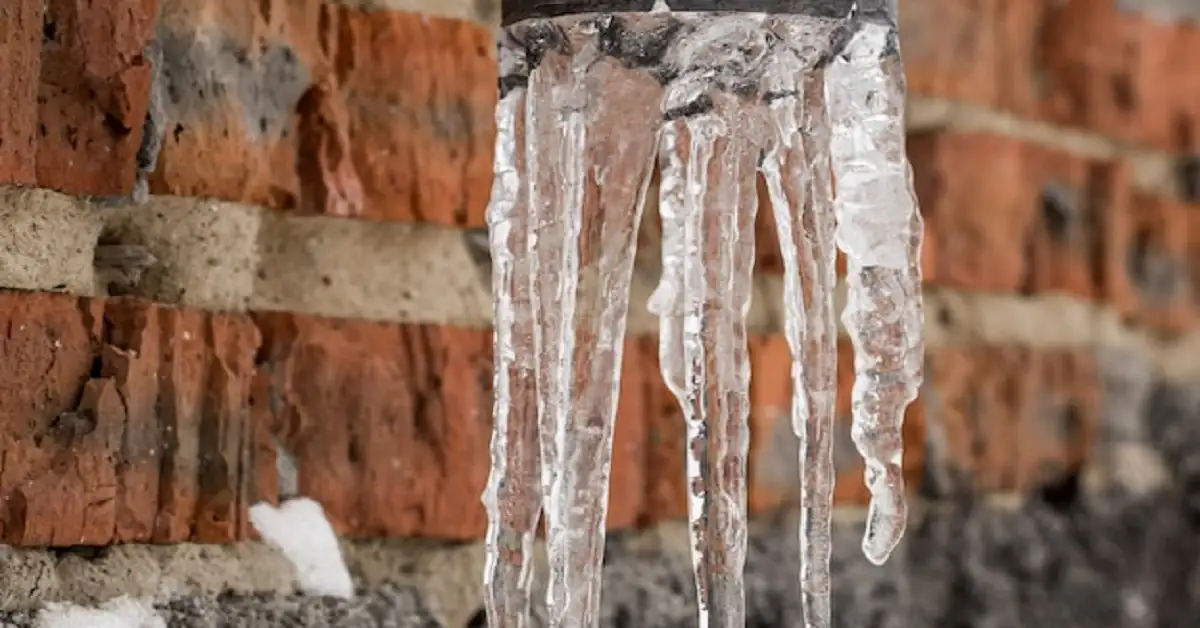Water damage can have devastating and long-lasting effects on the structural integrity of a home. Understanding these effects is crucial for homeowners and potential buyers alike. In this article, we will explore the various consequences of water damage, including foundation issues, mold growth, wood rot, electrical hazards, and health concerns. By comprehensively examining these areas, we aim to highlight the importance of addressing water damage promptly and effectively.
Foundation Issues
One of the most significant long-term effects of water damage is its impact on a home’s foundation. When water infiltrates the ground around a house, it can cause the soil to expand and contract. This movement can lead to foundation cracks and shifts, compromising the stability of the entire structure.
Soil Erosion and Settlement
Water can erode the soil around the foundation, leading to settlement issues. As the soil washes away, it creates voids under the foundation, causing it to settle unevenly. This can result in cracks in walls, floors, and ceilings, as well as doors and windows that no longer operate properly.
Hydrostatic Pressure
Water accumulation around the foundation can also create hydrostatic pressure. This pressure can force water through cracks in the foundation walls, leading to basement flooding and further structural damage. Over time, this continuous pressure can weaken the foundation and increase the risk of structural failure.
Mold Growth
Mold growth is a common consequence of water damage and poses serious health risks to occupants. Mold thrives in damp environments and can spread rapidly if not addressed promptly.
Health Risks
Exposure to mold can cause various health issues, including respiratory problems, allergic reactions, and asthma attacks. Prolonged exposure to mold spores can lead to chronic health conditions, particularly in vulnerable individuals such as children, the elderly, and those with compromised immune systems.
Structural Damage
Mold can also cause significant structural damage to a home. It can weaken wooden beams, drywall, and other building materials, leading to rotting and deterioration. Over time, this can compromise the integrity of the entire structure, necessitating extensive and costly repairs.
Wood Rot
Water damage can cause wood to rot, compromising the structural integrity of a home. Wood rot is particularly problematic in areas such as the roof, floor joists, wall studs, and sill plates.
Types of Wood Rot
There are two main types of wood rot: dry rot and wet rot.
- Dry rot occurs when wood is exposed to moisture but remains dry. It is caused by a fungus that breaks down the cellulose in wood, leading to a brittle and crumbly texture.
- Wet rot occurs when wood is consistently exposed to moisture. It is characterized by a spongy and soft texture, and it can spread rapidly if not addressed.
Prevention and Treatment
Preventing wood rot involves maintaining proper ventilation, controlling moisture levels, and addressing any water leaks promptly. Treatment may include removing and replacing damaged wood, applying fungicides, and improving drainage around the home.
Electrical Hazards
Water and electricity are a dangerous combination. Water damage can create numerous electrical hazards, posing serious risks to occupants and the property itself.
Short Circuits and Electrical Fires
When water comes into contact with electrical wiring or outlets, it can cause short circuits. This can lead to electrical fires, which can quickly spread and cause extensive damage. Ensuring that all electrical systems are inspected and repaired after water damage is crucial to prevent these hazards.
Corrosion of Electrical Components
Water can also cause corrosion of electrical components, leading to malfunctions and potential fire hazards. Corroded wiring and circuit boards can result in power outages and the need for costly replacements.
Health Concerns
Beyond mold-related health risks, water damage can lead to other health concerns that should not be overlooked.
Bacterial Contamination
Water damage, particularly from flooding, can introduce bacteria and other contaminants into a home. This can pose significant health risks, especially if the water is not properly removed and the affected areas are not thoroughly sanitized.
Allergies and Asthma
Damp environments created by water damage can exacerbate allergies and asthma. Dust mites and other allergens thrive in moist conditions, leading to an increase in allergic reactions and respiratory issues.
Preventing and Addressing Water Damage
Preventing water damage is essential to maintaining the structural integrity and safety of a home. Here are some key steps to take:
Regular Inspections and Maintenance
Conduct regular inspections of your home’s plumbing, roof, and foundation. Look for signs of leaks, cracks, and other potential issues. Addressing these problems early can prevent more extensive damage down the line.
Proper Drainage
Ensure that your home’s drainage system is functioning correctly. This includes maintaining gutters and downspouts, grading the landscape away from the foundation, and installing a sump pump if necessary.
Waterproofing
Waterproofing your basement and other vulnerable areas can help prevent water infiltration. Consider applying sealants to foundation walls and floors and installing a waterproof membrane if necessary.
Quick Response to Water Damage
If water damage does occur, it is crucial to respond quickly. Remove standing water, dry out affected areas, and address the source of the water. Hiring a professional restoration company can help ensure that all damage is properly mitigated.
Conclusion
Water damage can have profound and long-lasting effects on a home’s structure. From foundation issues and mold growth to wood rot and electrical hazards, the consequences of water damage are far-reaching. Preventing water damage and addressing it promptly when it occurs is essential to maintaining the safety and integrity of a home. By understanding the potential impacts and taking proactive measures, homeowners can protect their investment and ensure a healthy living environment.
